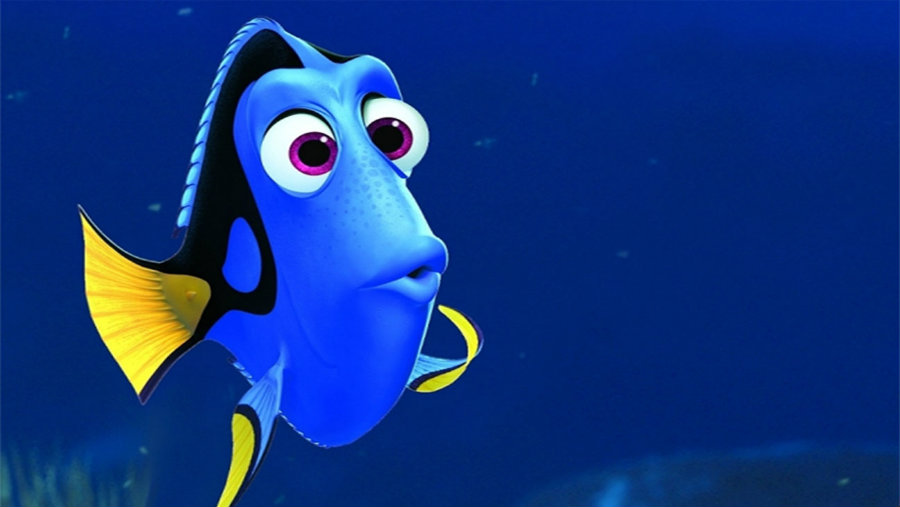Researchers at the University of Florida in the Aquaculture Laboratory have for the first time, after years working on a breeding project, raised in captivity the Pacific Blue Tang fish, the species that everyone knows as the troubled Dory, from Finding Nemo and most recently, Finding Dory, both major films by Pixar. The investigation took about six years.
This is a significant discovery to science since it’s the first time scientists succeed in breeding a species that is now known all around the world. It is mainly a remarkable achievement for aquarium fans since shortly Pacific Blue Tangs will be available without having to capture wild fish.

About the project
The Rising Tide Conservation and the SeaWorld-Busch Gardens Conservation Fund were working together with a group of scientists from Florida to create an adequate way to breed this type of fish in captivity. The investigation was intensive in terms of time and dedication to taking care of details. The scientists who led the research are part of the University of Florida Tropical Aquaculture Laboratory, an entity from the Institute of Food and Agricultural Sciences at the same University.
Craig Watson, the head researcher of the Tropical Aquaculture Laboratory, started the project with the support of the Rising Tide Conservation.
“The program’s primary goal is to develop production technologies for key marine ornamental species, including Pacific blue tang,” he said.
The Indian River Research and Education Center, as well as the Oceanic Institute of Hawaii Pacific University, endorsed the project to make raised species to survive in captivity long enough to declare the project successful. The pet industry also encouraged the program, since selling non-harmful types of domestic fish has been a goal to most actors in the industry.
The process of breeding Dory
The first crucial stage starts when scientists put the newly hatched fish in a tank for about three days. This fish is about one millimeter long, almost invisible to the naked eye, since it is also transparent and have not developed eyes or mouth. These features are designed in the following next three days, being this part of the process a dangerous moment since the water quality, its temperature and every element of it, affects the fish, and it can be strong enough to kill it.
This time, the project succeeded because the survival rate for the fourth day reached 80 percent, and the best achievement was a single Blue tang that reached 21 days post watch, according to Dr. Watson.
In conclusion, this project proved the pet industry that it is possible to raise species in captivity with enough hard work and scientific investigation, which can be translated into a safer world for wild animals.
Source: University of Florida News
